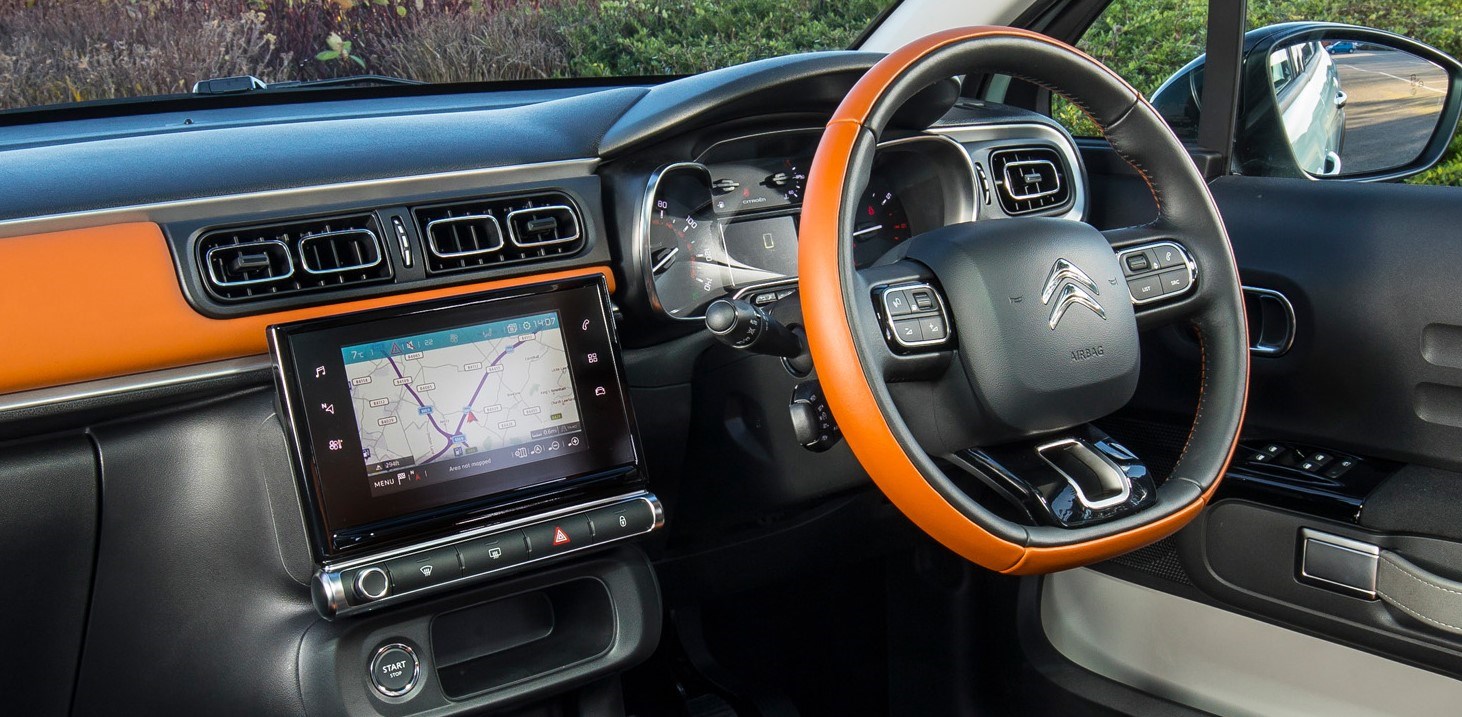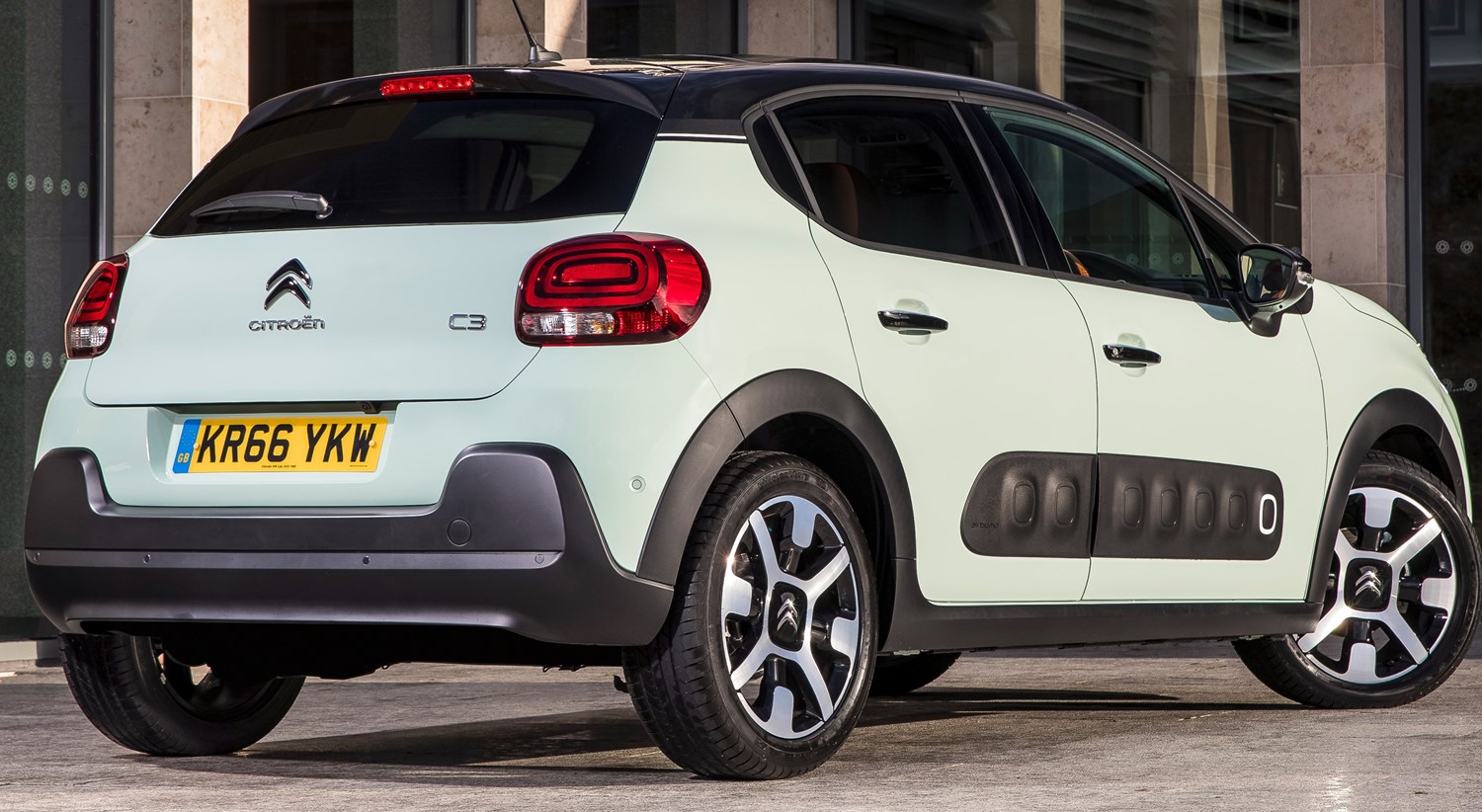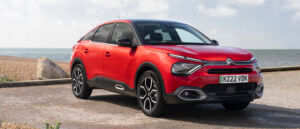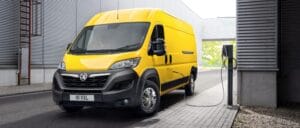Latest Model
With the third generation released at the tail-end of 2016, Citroen wanted to reinvigorate the C3 model, and after creating some bolder designs with recent small cars, such as the C4 Cactus, the French brand decided to carry some of those elements into the new version of the small hatchback.
Fitted with a new range of trim-specific BlueHDi diesel and PureTech petrol engines, they can be paired with a five-speed manual or a newly-introduced EAT6 automatic transmission.
To keep up with many of its supermini rivals, the C3 is fitted with some of Citroen’s safety systems from the base ‘Touch’ model, including speed limit recognition and warning, lane departure warning and ‘coffee break alert’ – which ensures drivers don’t drive too long each time. The top level Flair model adds a reversing camera.
Inside, the latest C3 is a much more interesting place to be than before thanks to design tweaks and although it may not be as dynamic looking as some of its rivals, it is both comfortable and customisable, so customers can give it their own personal twist.
Value for money
For the base level Touch, Citroen fits some good features including variable-assistance power steering, electric front windows and DAB radio with Bluetooth, USB and Auxiliary port for phone and multimedia player connectivity. With some good base options, the £10,995 price tag is competitive amongst the supermini market.
On the used market, models from the previous generation are available in high spec and with relatively few miles on the clock. One thing that was attractive about the second version was its efficiency of the diesel models, and one example of those is a 2015 C3 in Exclusive trim – which was the second-highest in the range.
Fitted with cruise control, Bluetooth mobile hands-free and anti-theft alarm, this model has 12,700 miles on the clock and is fitted with a 1.6-litre Airdream diesel – which is capable of 80mpg. Priced at £8,950, this is a good run-around model to buy with plenty of useful features, but can’t quite compare on the safety front due to the new model’s excellent spec.
Looks and image
As the latest model was only released onto the market towards the end of 2016, it is unlikely that many of these will be on the used market, however the newest model is much more interesting to look at than previous versions.
Interesting design features, such as the airbumps on the side – first seen on the C4 Cactus – and a chicer body shape, makes the new C3 stand out much more in the supermini market, and with personalisation options abound, customers can make the model as colourful as they choose.
In what may have compromised the C3 on its overall driving feeling, Citroen aimed for a more comfortable drive and as that was their goal, they have achieved it very well. But when compared to other superminis, it lacks the responsive, steering feel and body control that make some small cars a lot of fun to drive.





